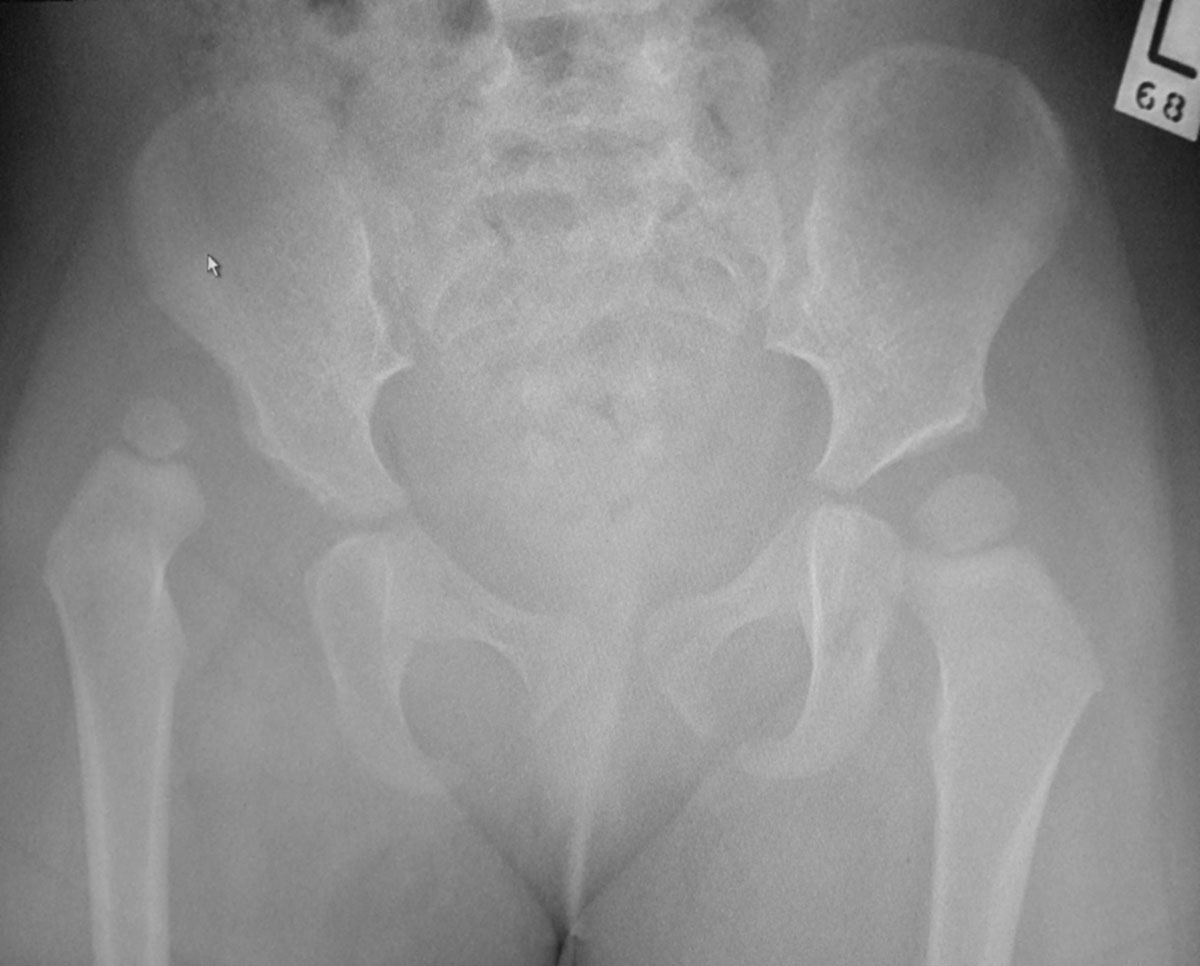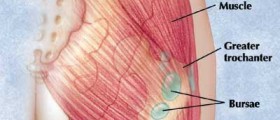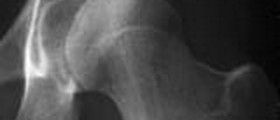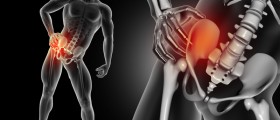
Introduction
First of all, once the doctor is consulted, he will have to determine whether the issue involves some sort of an infection of the hip or pelvic bones, or if the matter is likely to be an irritable hip. Irritable hip is a condition which does not have a known cause, and it is basically an inflammation of both the bone and the cartilage, its connective tissue.
The worst case scenario is that the examination will show that the hip movement is restricted to an extent or that there is some kind of abnormality and these diagnoses are likely to result in a long-lasting issue.
Possible diagnoses
One of the most frequent causes of hip pain is the previously-mentioned irritable hip condition. Another reason for this kind of pain could be some sort of an injury. A somewhat more serious cause is the so-called septic arthritis. Septic arthritis is a bacterial inflammation of the joint and it is extremely dangerous.
Should it attack the hip, it can completely disable it and therefore makes for an emergency surgical procedure. Aside from these conditions which represent, the most common causes of hip pain in children, there are some other potential causes of this problem. They include different kinds of arthritis or bone cancer. Any of these conditions may arise at any age.
Unlike these, there are some conditions that happen to children only until the age of five. One of these is Developmental dysplasia of the hip, which basically represents a dislocation of the hip which was already present at birth. Another deformity which is commonly present at birth is Infantile coxa vera.
How to diagnose the hip condition
Determining the course of diagnosing the condition which is affecting the hip depends on the most basic examination which is first performed. One of the first things to do is an x-ray of both hips, in order to compare them and establish the problem more easily. An ultrasound is a good way to check if there is some sort of fluid escape in the hip area.
A less common way of diagnosing the condition is with the help of an MRI, and it is used in the cases when the previous methods were unsuccessful in discovering the problem and also when there is a possibility that an urgent surgery will be required.















-Arthritis_f_280x120.jpg)

Your thoughts on this
Loading...